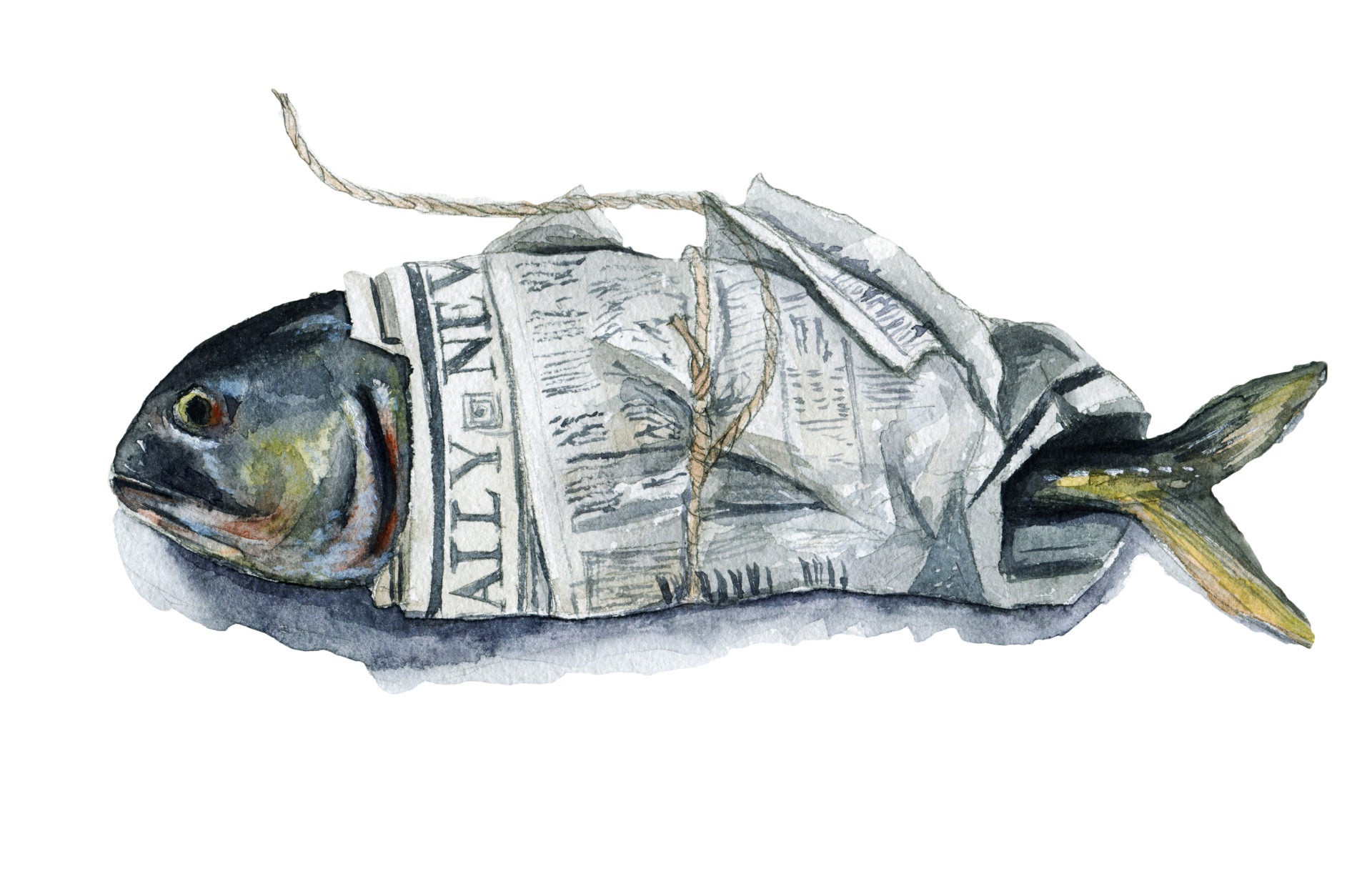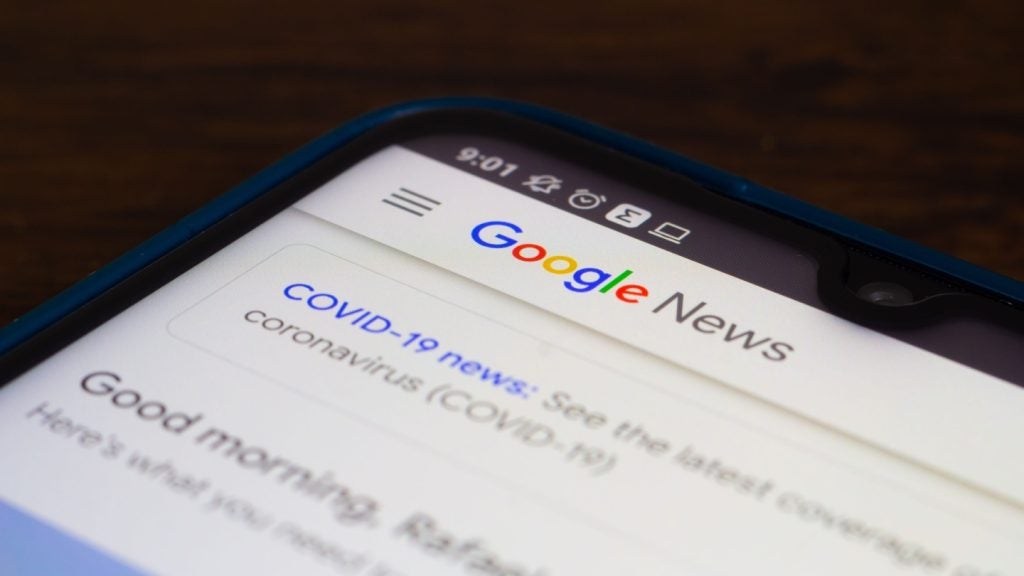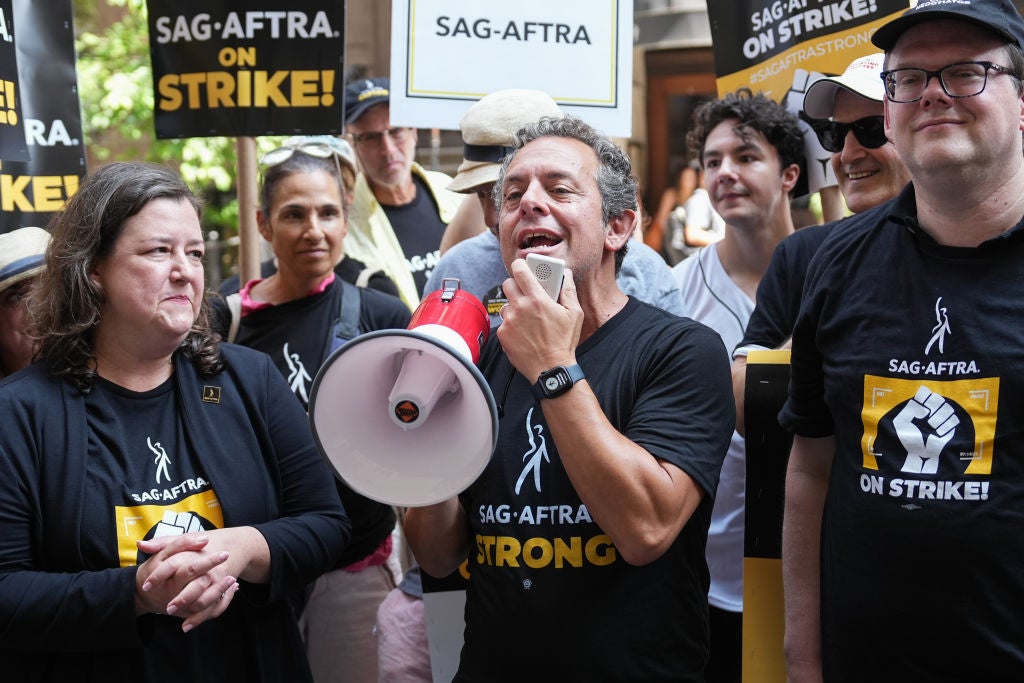
A misinformation campaign is presenting old terrorism news as new in an attempt to sow discord and uncertainty, according to threat analytics firm Recorded Future.
Dubbed ‘Fishwrap’ for the way old newspapers are reused to wrap fish and chips, the operation involves more than 215 social media accounts and has been “going on for close to a year”.
In one example, the misinformation accounts shared a post on Twitter on the 23 March 2019 that said “Bombings, Shootings Rock Paris | Bombing Outside Stadium”. However, the link redirects to a news story about the 2015 France terrorist attacks.
Because many readers may miss the publication date, the report warns, it may cause confusion among social media users when a concentrated effort shares the same old news.
“They’re not actually producing fake news, they are retweeting old stuff as if it were new,” Recorded Future CTO and author of the report Staffan Truvé told Verdict. “So that means they are not technically violating the terms of service. That’s how they stay alive.”
Fishwrap campaign: Not just for “the lulz”
Recorded Future detected the Fishwrap campaign while monitoring social media using a number of its new algorithms.
How well do you really know your competitors?
Access the most comprehensive Company Profiles on the market, powered by GlobalData. Save hours of research. Gain competitive edge.

Thank you!
Your download email will arrive shortly
Not ready to buy yet? Download a free sample
We are confident about the unique quality of our Company Profiles. However, we want you to make the most beneficial decision for your business, so we offer a free sample that you can download by submitting the below form
By GlobalDataThese detect similar behaviours in accounts and cluster those “with the highest degree of similarity” together.
The US-based firm then discovered that all of these accounts are using the same URL shortener services. These can be used to track how many people are clicking on the recycled news story and therefore measure the effectiveness of the Fishwrap campaign.
The report states that “all these URL services are running the same code and are hosted on the same commercial infrastructure”.
This, in combination with the similar posting behaviour, leads Recorded Future to believe it is part of the same influence operation.
“This all tells us that someone is paying to do this, it’s not just someone doing it for the fun of it,” said Truvé. Or, as the report states, not just “for the lulz”.
Who is behind it and why?
Recorded Future has not been able to attribute Fishwrap operation, but say it has the hallmarks of a nation-state or an alt-right political group.
Truvé said that since the publication of the report they had detected new accounts, indicating that the Fishwrap campaign is “still growing”.
Truvé also warned that the Fishwrap campaign could be preparation for a bigger campaign.
“This is typical, you build a capability, a number of followers, and then at some critical point you can use that platform,” he said.
“And since the accounts have been around for some time, they will have high credibility, they will be not as easily be removed by Twitter’s monitoring mechanisms.”
How to stop campaigns like Fishwrap?
Twitter has taken steps to remove fake accounts and bots from its network in an attempt to combat the spread of fake news that has plagued elections for the last few years. But, as misinformation campaigns such as Fishwrap highlight, it is a constantly changing landscape.
One possibility is to leave it use artificial intelligence (AI). Earlier this month, Twitter acquired London startup Fabula AI, which is developing fake news detecting technology. However, Twitter is yet to confirm how it intends to leverage the startup’s tech.
It is unclear how accurately an AI system could differentiate between old news reposted as if it were new.
“It’s very hard. I think this is a good example of how grey the landscape is,” said Truvé. “There is no clear definition of what’s fake or not.”
“It highlights the fact that you can’t really just say let’s abolish fake news. In a way, you’re then really starting to open that thin line between free speech and not.”
Read more: While Russia sows discord online, China is on a PR offensive







